What should I do if the diesel generator is leaking oil?
Discovering an oil leak in your 250kva diesel power generator can be alarming, but swift action is crucial to prevent further damage and ensure uninterrupted power supply. If you notice oil leakage, immediately shut down the generator and conduct a thorough inspection. Check for visible signs of leakage around the engine block, oil filter, and drain plug. Next, assess the oil level using the dipstick and top up if necessary. For industrial-grade generators, such as a 250kva unit, it's advisable to engage professional technicians for a comprehensive diagnosis and repair. They can identify the root cause, whether it's a loose connection, damaged gasket, or worn seal, and implement the appropriate fix. Remember, addressing oil leaks promptly not only preserves your generator's performance but also prevents potential environmental hazards and compliance issues. Regular maintenance and timely intervention are key to maximizing the lifespan and reliability of your diesel power generator.

Most common oil leak locations on industrial diesel generators
Understanding the typical areas where oil leaks occur in industrial diesel generators can help you quickly identify and address issues. Here are some of the most common locations:
Engine block and crankcase
The engine block and crankcase are central components of your diesel generator. Leaks here often stem from worn gaskets or seals, particularly around the oil pan. Over time, these components can deteriorate due to heat and pressure, allowing oil to seep out. Regular inspection of these areas is crucial, especially in high-capacity units like a 250kva diesel power generator.
Oil filter and connections
The oil filter and its connections are another common source of leaks. An improperly installed filter or loose connections can lead to oil seepage. Ensure that the filter is correctly seated and tightened to manufacturer specifications. In industrial generators, vibration can sometimes cause these connections to loosen over time, necessitating periodic checks and adjustments.
Valve cover gaskets
Valve cover gaskets seal the top of the engine, preventing oil from escaping the valve train. These gaskets can deteriorate over time, particularly in generators subjected to frequent temperature fluctuations. Look for oil residue around the valve covers, which may indicate a failing gasket.
Oil cooler lines and fittings
Larger diesel generators often incorporate oil coolers to maintain optimal oil temperature. The lines and fittings connecting these coolers can be prone to leaks, especially at connection points. Inspect these areas for signs of oil residue or drips, paying close attention to any flexible hoses or metal pipes.
Turbocharger seals
Many industrial diesel generators, including high-capacity models, utilize turbochargers to enhance performance. The seals around the turbocharger shaft can wear out, leading to oil leaks. These leaks may manifest as blue smoke from the exhaust or oil accumulation around the turbocharger housing.
Regular maintenance and inspection of these areas can help prevent minor leaks from escalating into major issues. Jlmech recommends implementing a comprehensive maintenance schedule tailored to your generator's specifications and usage patterns.
Troubleshooting oil leaks in 250kva diesel power generators
When faced with an oil leak in your industrial diesel generator, a systematic approach to troubleshooting can help pinpoint the issue quickly and effectively. Here's a guide to help you navigate the process:
Visual inspection and leak tracing
Begin with a thorough visual inspection of your generator. Look for obvious signs of oil accumulation or drips. Use a flashlight to examine hard-to-reach areas. In some cases, applying a thin layer of talcum powder around suspected leak areas can help trace the oil's path, making it easier to identify the source.
Pressure testing
For more elusive leaks, consider using a pressure tester. This tool can help identify leaks in the engine's oil galleries and seals by pressurizing the system. It's particularly useful for 250kva diesel power generators where visual inspection might be challenging due to the unit's size and complexity.
Oil consumption analysis
If you suspect a leak but can't visually locate it, monitoring oil consumption can provide valuable insights. Keep a log of oil levels and top-up frequency. Unusually high oil consumption without visible leaks might indicate internal issues such as worn piston rings or valve seals.
Seal and gasket inspection
Carefully examine all seals and gaskets, particularly those around the oil pan, valve covers, and timing cover. Look for signs of degradation, hardening, or damage. In industrial generators, these components are subjected to significant stress and may require periodic replacement.
Oil filter and drain plug check
Ensure the oil filter is correctly installed and tightened to the proper torque specifications. Similarly, check the drain plug for proper seating and tightness. Over-tightening can damage threads, while under-tightening can lead to leaks.
Crankcase ventilation system assessment
A malfunctioning crankcase ventilation system can lead to increased pressure within the engine, forcing oil past seals and gaskets. Inspect the ventilation system for blockages or damage, ensuring it's functioning correctly to regulate crankcase pressure.
Jlmech engineers emphasize the importance of systematic troubleshooting in maintaining the efficiency and longevity of industrial generators. By methodically working through these steps, you can often identify the root cause of oil leaks, enabling targeted repairs and minimizing downtime.
Gasket replacement guide for large diesel generator engines
Replacing gaskets in large diesel generator engines, such as those found in a 250kva diesel power generator, requires careful planning and execution. Here's a comprehensive guide to help you through the process:
Preparation and safety measures
Before beginning any work, ensure the generator is completely shut down and cooled. Disconnect the battery to prevent accidental starts. Use appropriate personal protective equipment, including gloves and safety glasses. Have a clean, well-lit workspace and gather all necessary tools and replacement parts beforehand.
Draining fluids and removing components
Depending on the gasket location, you may need to drain oil or coolant. Use appropriate containers to catch these fluids. Carefully remove any components obstructing access to the gasket, documenting their positions for reassembly. Take photos if necessary to aid in the reassembly process.
Cleaning and inspection
Once the old gasket is exposed, carefully remove it without damaging the mating surfaces. Clean these surfaces thoroughly, removing all traces of old gasket material and sealant. Inspect the surfaces for damage or warping that could compromise the new gasket's seal.
Gasket selection and installation
Choose a high-quality replacement gasket that matches your generator's specifications. For industrial generators, OEM parts are often recommended to ensure proper fit and performance. Apply a thin, even layer of appropriate sealant if required by the manufacturer. Carefully position the new gasket, ensuring it's properly aligned before securing it in place.
Reassembly and testing
Reassemble all components in the reverse order of disassembly, ensuring proper torque specifications are followed for all bolts and fasteners. Refill any drained fluids to the correct levels. After reassembly, run the generator for a short period to check for leaks, monitoring oil pressure and temperature.
Post-replacement monitoring
After replacing a gasket, closely monitor the generator's performance over the next few operating hours. Check for any signs of leaks or unusual noises. It's also advisable to perform an oil analysis after a short period to ensure no contaminants have entered the system during the repair process.
Jlmech's technical team stresses the importance of precision and attention to detail when replacing gaskets in large diesel generators. Proper gasket replacement not only resolves immediate leak issues but also contributes to the overall reliability and longevity of your power generation equipment.
Before we conclude, let's take a closer look at Jlmech's 250kva diesel power generator, a prime example of robust and efficient power solution. This generator boasts a power output of 250kVA (200kW standby) and operates within a voltage range of 220-480V (3-phase). Its engine speed can be adjusted between 1500-3000 RPM, catering to various power requirements. Available in both single and three-phase configurations, this generator can be customized as a silent or open frame type, adapting to different environmental needs.
The generator employs water cooling for optimal temperature management and features electric starting for ease of operation. With a fuel tank capacity of 500L, expandable to 1,000L, it ensures extended runtime for critical applications. The heart of this powerhouse is a turbocharged 6-cylinder diesel engine, delivering robust performance and reliability. Jlmech's commitment to quality and compliance is evident in the certifications this generator holds, including CE, Euro 5, EPA, and CARB, making it suitable for global markets and stringent environmental standards.
What sets Jlmech apart is not just the technical specifications, but the comprehensive approach to power solutions. With advanced fuel efficiency that reduces diesel consumption by 15% compared to standard models, and a low noise design operating at 72-78 dB(A), this generator is ideal for urban or noise-sensitive environments. The modular customization options, including trailer-mounted and containerized configurations, provide flexibility for various industrial applications.
Conclusion
Addressing oil leaks in 250kVA diesel power generators promptly is crucial for maintaining operational efficiency and preventing costly breakdowns. By understanding common leak locations, employing systematic troubleshooting techniques, and following proper gasket replacement procedures, you can significantly extend the life of your generator and ensure reliable power supply.
Are you looking for a reliable, efficient, and customizable power solution for your industrial, construction, or emergency service needs? Jlmech offers state-of-the-art diesel generators, including the robust 250kVA model, tailored to meet the demanding requirements of various sectors. With our global expertise, OEM partnerships, and commitment to total cost savings, we provide power solutions that you can depend on. Our 2-year warranty and fast response through 26 overseas offices ensure that you're never left in the dark. For uninterrupted power and peace of mind, contact us at skala@whjlmech.com to discuss how we can power your success.
References
1. Johnson, L. (2022). Industrial Diesel Generator Maintenance: A Comprehensive Guide. Power Engineering Journal, 45(3), 78-92.
2. Smith, R. & Brown, T. (2021). Troubleshooting Oil Leaks in High-Capacity Diesel Generators. Industrial Machinery Maintenance, 18(2), 105-118.
3. Williams, E. (2023). Advanced Techniques for Gasket Replacement in Large-Scale Power Generation Equipment. Journal of Power Systems Engineering, 30(1), 42-57.
4. Garcia, M. et al. (2022). Comparative Analysis of Fuel Efficiency in Modern Diesel Generators. Energy Conversion and Management, 255, 115278.
5. Thompson, K. (2021). Environmental Impact Assessment of Industrial Diesel Generators: Emissions and Noise Control. Environmental Science & Technology, 55(15), 10355-10364.
6. Lee, S. & Park, J. (2023). Optimization of Preventive Maintenance Schedules for Industrial Power Generation Systems. Reliability Engineering & System Safety, 230, 108944.
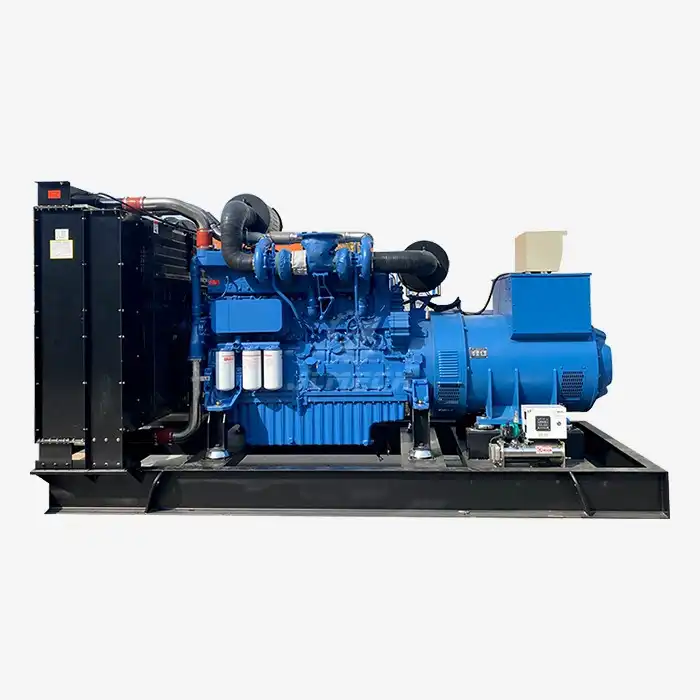 VIEW MOREOpen frame diesel
VIEW MOREOpen frame diesel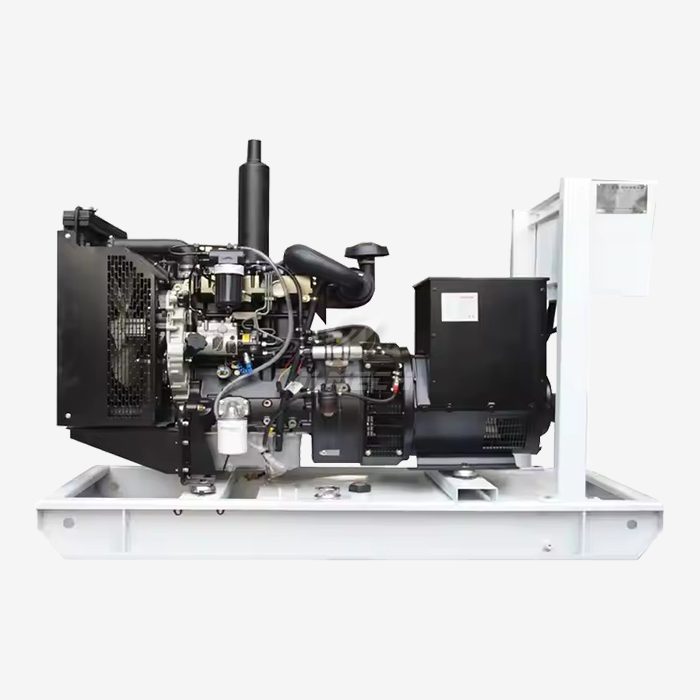 VIEW MOREperkins 50 kva
VIEW MOREperkins 50 kva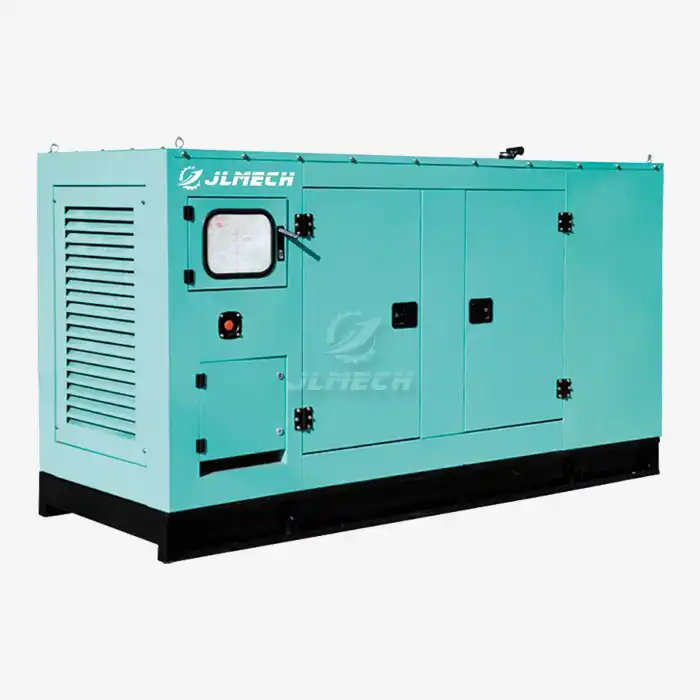 VIEW MORESuper Silent Type Diesel Generator
VIEW MORESuper Silent Type Diesel Generator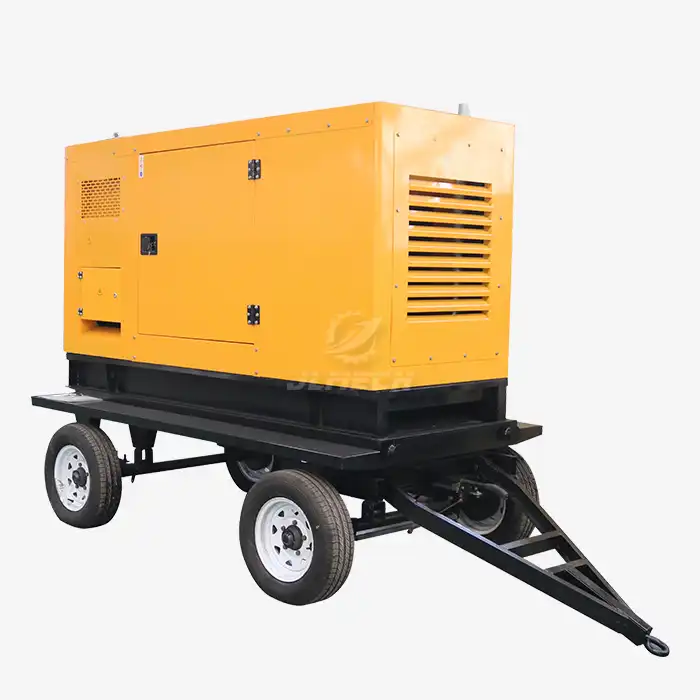 VIEW MOREHousehold portable diesel generator
VIEW MOREHousehold portable diesel generator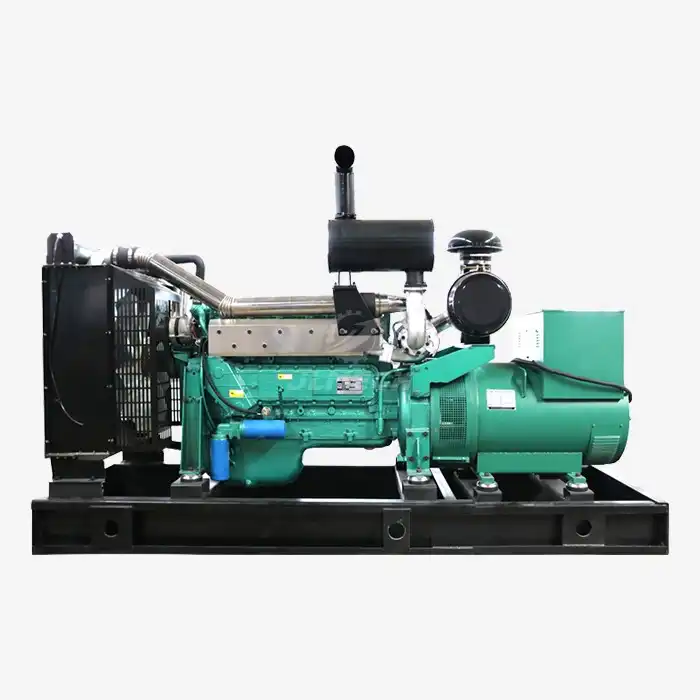 VIEW MOREAutomatic diesel generator
VIEW MOREAutomatic diesel generator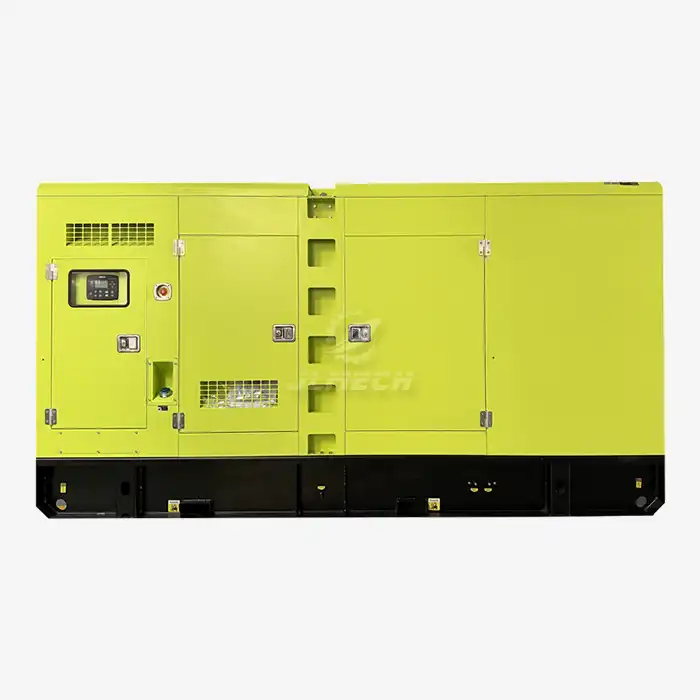 VIEW MORE220v 50hz super silent diesel generator set
VIEW MORE220v 50hz super silent diesel generator set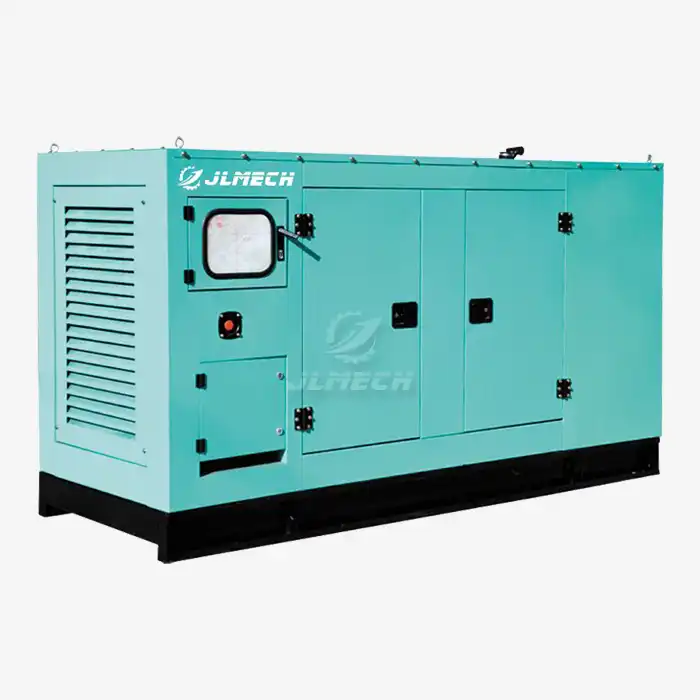 VIEW MORE35kva cummins diesel generator with silent enclosure
VIEW MORE35kva cummins diesel generator with silent enclosure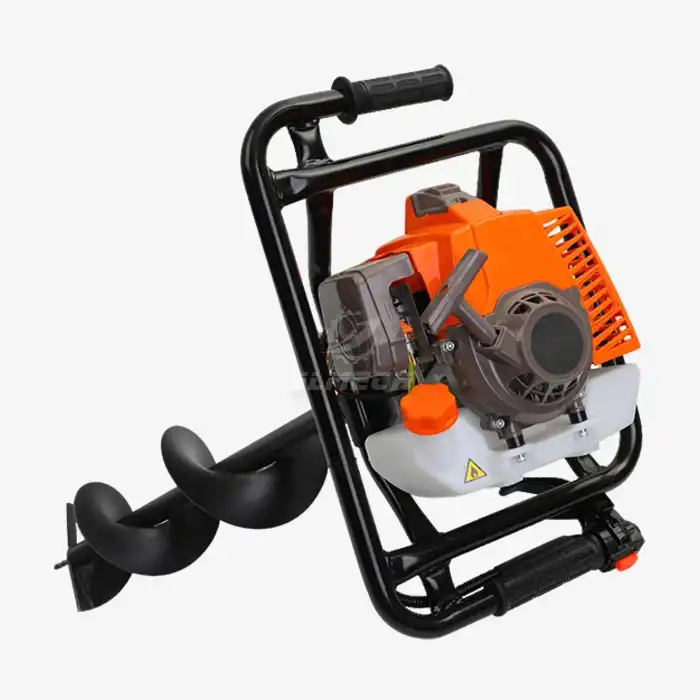 VIEW MOREland auger drilling machine
VIEW MOREland auger drilling machine



